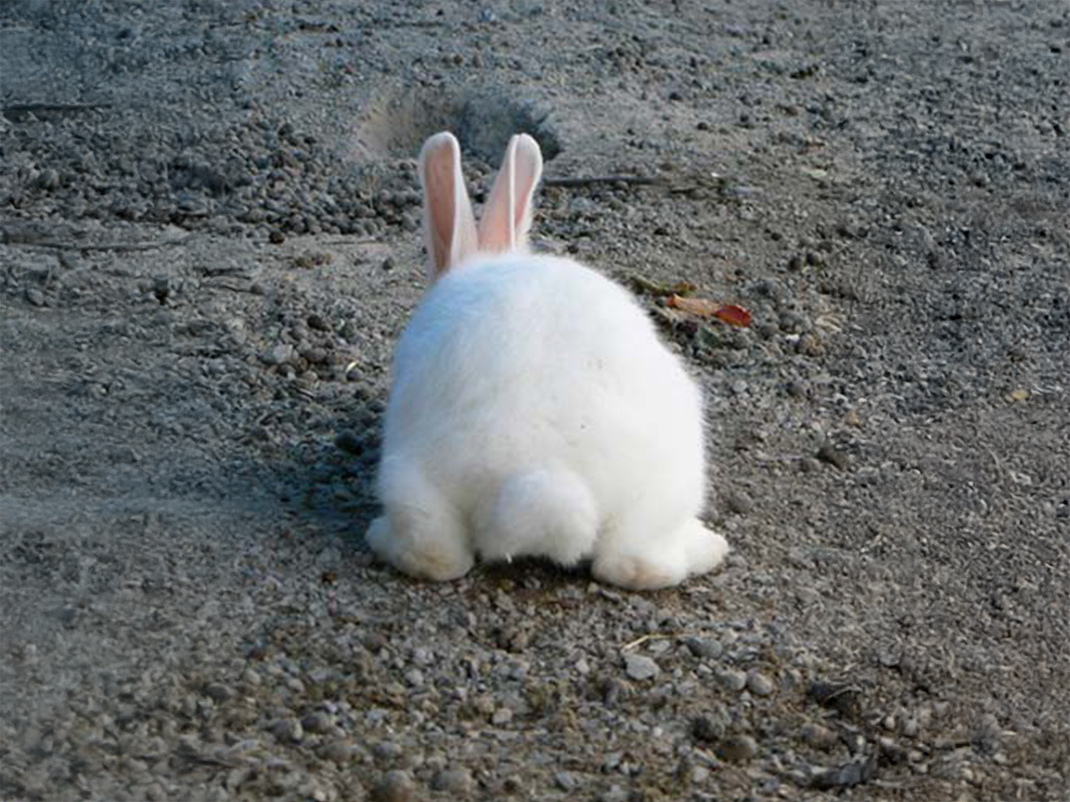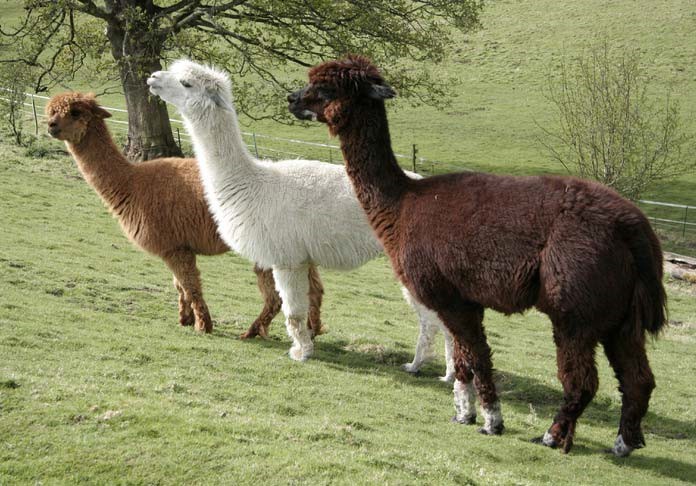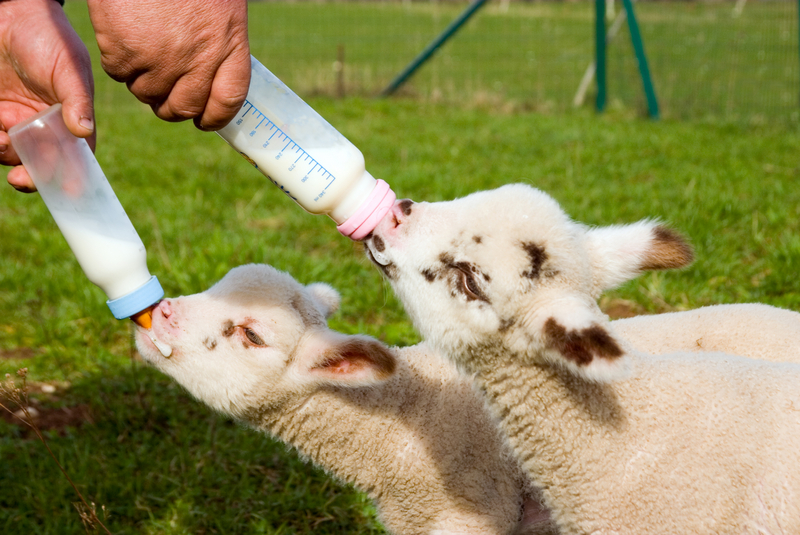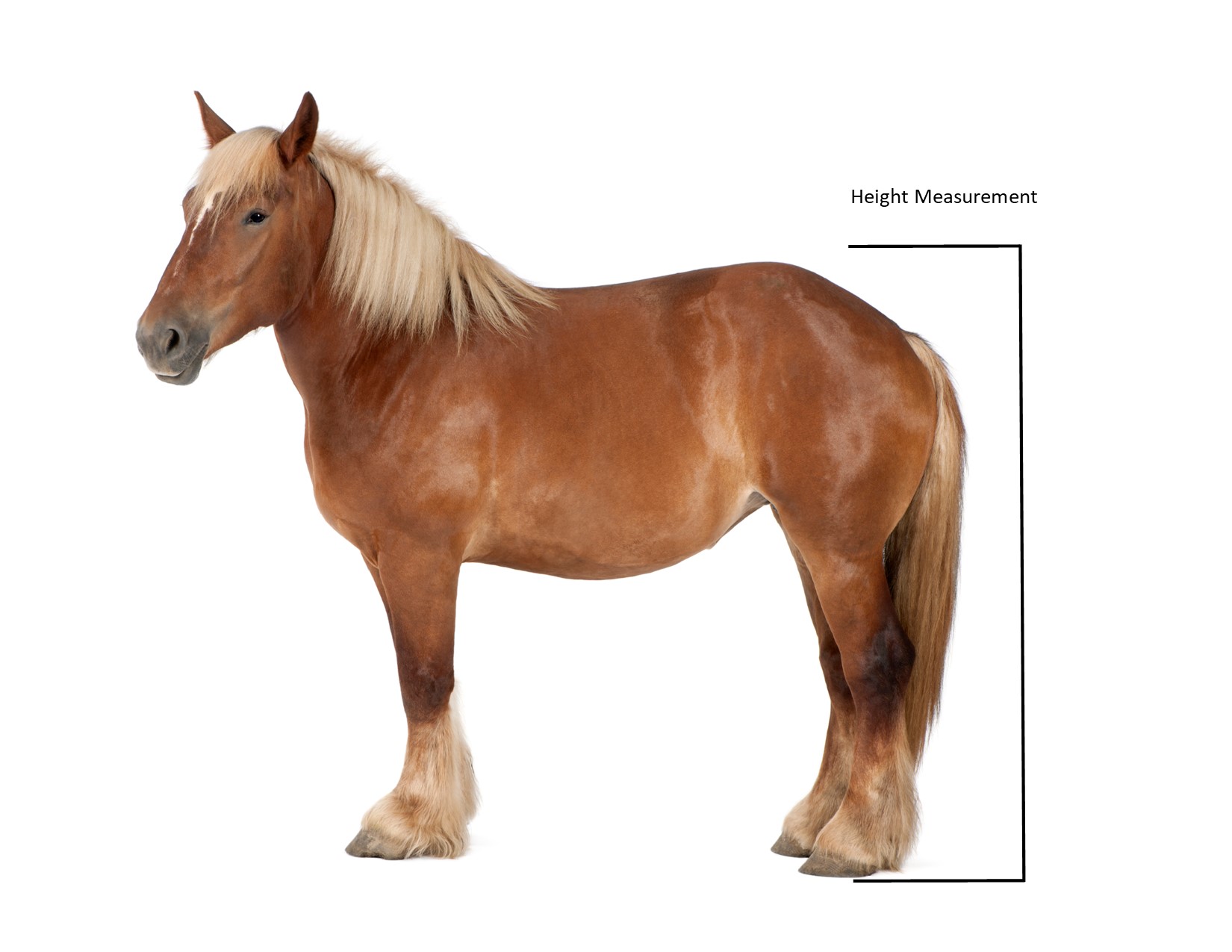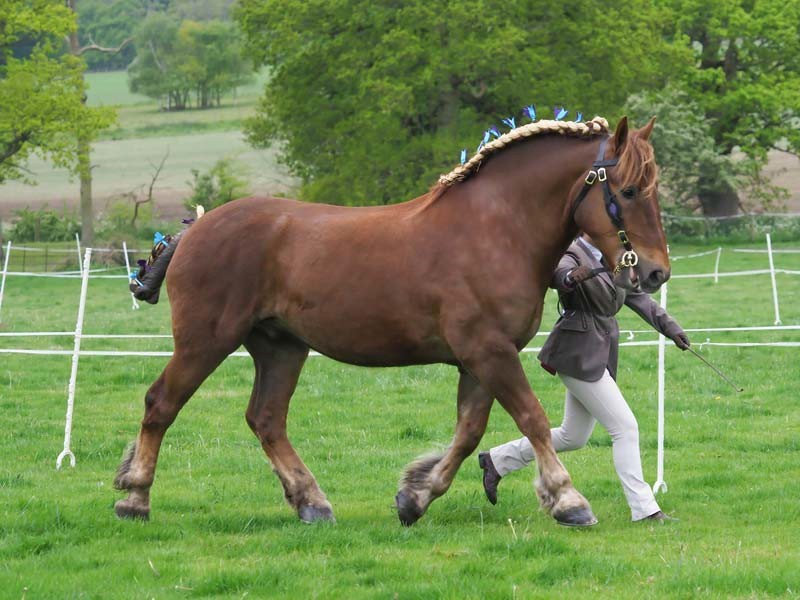Meet the farm animals
Grades 1 and 2 (Ontario)
Elementary cycle 1 (Quebec)
It’s time to meet the farm animals! Cows, pigs, horses, goats, sheep, rabbits, chickens, turkeys, ducks, and the smallest of them all … honeybees.
With illustrations and pictures in hand, students discover the physical characteristics of farm animals and observe the differences between mammals, birds, and insects. Students play games and take part in fun activities to discover the needs of farm animals and learn how to care for them.
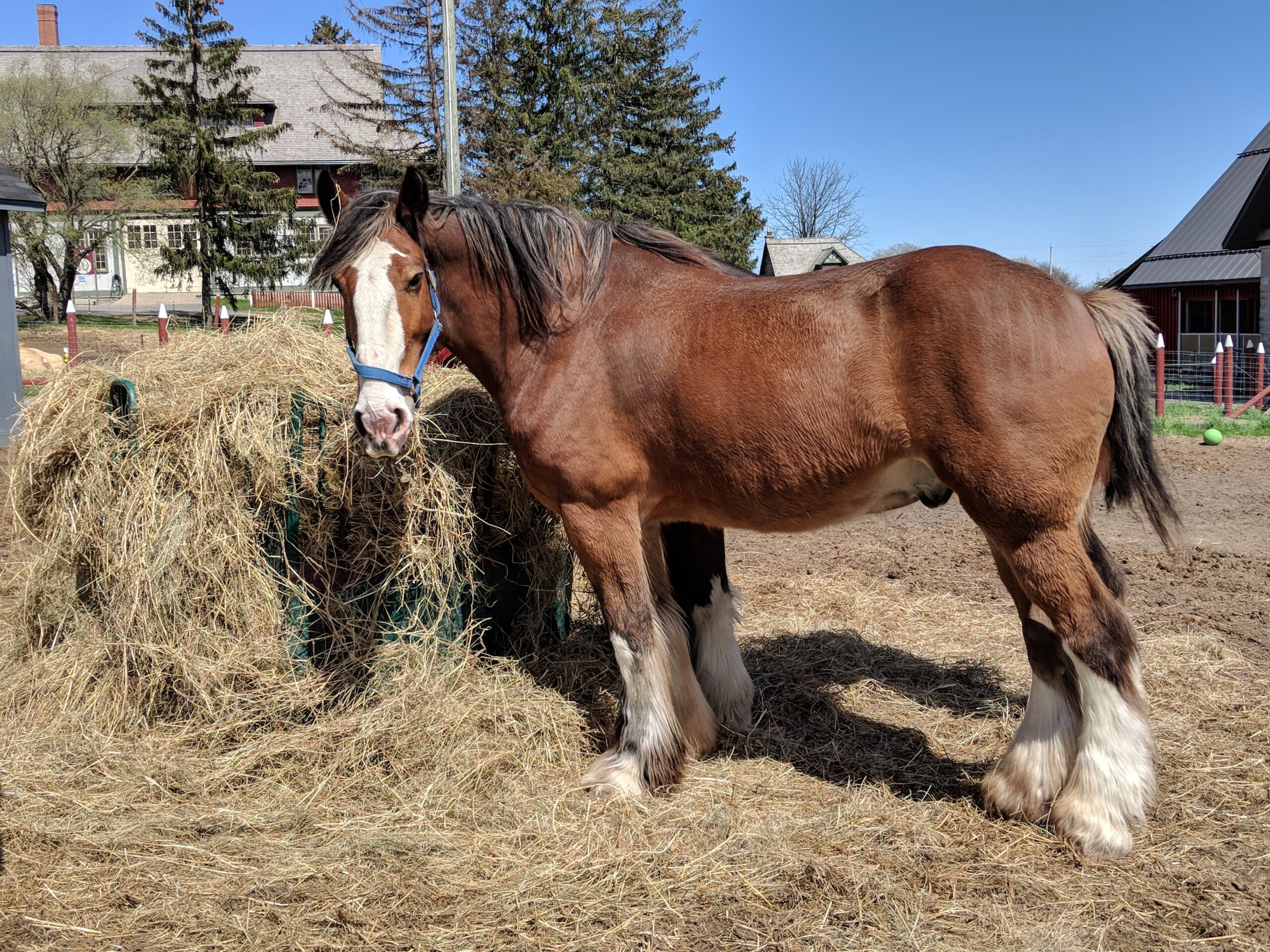
Share :
Language
Mathematics
Printable PDFs
Science and technology
Rabbit mirrors
Group activity
The purpose of this activity is to help students realize that, just like us, rabbits react to their environment by modifying their behaviour and movements.
Instructions
- Ask students to share how they would react to various situations. For example, how would they behave if they were afraid? Would they ask their parents to pick them up? Would they hide? Explain that like us, rabbits react to their environment. When observing a rabbit, we can tell by its behaviour if it is afraid, curious, or even hungry. With the students, go over a rabbit’s response to various stimuli. For example, if a rabbit is angry, it will stamp its feet. Other responses might be the following:
- Fear—remains perfectly still curiosity—wrinkles and wiggles nose fear—flattens ears back on its head listening—ears stand straight up and move to and fro
- Relaxed—lies in “superman” position, with front and back legs stretched out
- Playful—hops around playful—digs in straw or dirt
- Group students in pairs. In each pair, have one student play a rabbit, the other a mirror. Each “rabbit” moves like a rabbit while staying in one spot, and each “mirror” copies the rabbit’s movements as closely as possible. Rabbits and mirrors then switch roles.
Suggestion
To start the activity, you can play the role of the rabbit and have all the students mirror your actions.
Farm animal matching game
Group activity
This fun game is an excellent way to introduce students to farm animals and their physical characteristics.
Materials
- Animal illustration cards from appendix A
Instructions
- Print the illustrations and cut them into cards. Glue the cards to card stock or laminate them to make them last longer.
- Explain to students that the class will play a farm matching game together. Each student will receive a card with the name and illustration of an animal. The animal will either be an adult male (daddy), an adult female (mommy), or a baby. Hold up a couple of cards to show examples.
- Distribute the cards. Ask if anyone is confused about the animal they have.
- Students walk around the classroom or outside. When you call out an animal category, students sort into groups—they must find and link arms with other students whose animal belongs to the same category as theirs. For example, call out the “animal family” category. The chick, hen, and rooster make a group, while the rabbit, doe, and kit form another group. Remind the students to hold their card out in front, so that other students can see it. The students can make small groups or large groups (ex. animals with the same number of legs could form a larger group). After each category is called, ask the students to move around again before you call the next category.
- Possible categories include:
- Animals that belong to the same family,
- Animals that have the same number of legs,
- Animals that eat the same type of food,
- Animals that live in the same barn or shelter,
- Animal that belong to the same class (mammals, birds or insects),
- Animals of the same size.
- End the game in a fun way. Ask students to create a group with any animal that lives on a farm. They should all end up linked together.
Suggestions
Proceed by elimination. The slowest group to form is eliminated.
Call out categories that do not include all animals. Some students will form groups, others won’t. Possible categories include:
- Male, female, or young animals
- Animals that lay eggs
- Animals that drink milk when they are young
- Mammals, birds or insects
- Animals that hop
- Animals that have wings
- Animals that have hair
- Animals that have hooves
- Animals that have feathers
You will find a simpler version of this game in the kindergarten version of this lesson plan.
Headbands: Who am I?
Group activity
This is a fun guessing game that offers a great way to learn the characteristics of certain farm animals.
Materials
- Strips of construction paper
- Animal illustration cards
Preparation
- Before beginning the activity, print and cut out the animal illustration cards. To make the cards last longer, glue them to card stock or laminate them.
- Give each student a strip of construction paper and ask them to write their names on the strip.
- Make headbands out of two strips by stapling the ends together. Make sure the staple points are on the outside of the headbands to avoid any discomfort.
Instructions
- Divide the class into teams of three to five students. In the centre of each team, lay a few cards out face down. One player from each team puts on their headband and chooses a card. Without looking at it, they slip the card into the headband, making sure that it faces outward. Teammates must be able to see the animal that is featured on the card.
- The player wearing the headband asks teammates simple yes-or-no questions that will help him or her to guess the animal. Here are some sample questions:
- Am I a female?
- Do I have feathers?
- Do I have hair?
- Do I have four legs?
- When the student guesses the correct animal on their headband, they put the card back in the centre and allow the next student to take a turn.
- When all the students have had a turn, talk about the farm animals on the cards. Are all of the students familiar with them? Which clues helped them guess the identity of animal on their card? What sound does that animal make? Is it a male, a female, or a young animal?
Draw me a picture
Group activity
Students draw an animal based on a description provided by their partners and try to guess what the animal is. Students learn to describe the physical characteristics of farm animals.
Instructions
- Before beginning the activity, print and cut out the Animal illustration cards. To make the cards last longer, glue them to card stock or laminate them.
- Group students in pairs and ask them to sit back-to-back. Give each a sheet of paper and a pencil.
- Give each student an animal card.
- Taking turns, partners give each other one clue about the look of their animal.
- Students draw an animal based on the clues their partners have given them.
- After each clue, students can try to guess the animal they are drawing. The first student to guess the animal described by a partner is the winner.
- Redistribute the cards and repeat the exercise.
To whom do I belong?
Individual or group activity
Students have fun guessing which body parts belong to which farm animal. They learn to recognize the physical characteristics of mammals and that, despite similarities, there are differences between species.
Instructions
- Before the activity, print out the Animal and body part pictures. Cut them into cards.
- Show the cards to your students and go over the body parts with them. Explain that the farm animals featured on the cards are all mammals. Their skin is covered with hair and they are warm-blooded, give birth to live babies, and females produce milk from udders for their young. Ask students to compare their own physical characteristics to those of the animals on the cards.
- Put the body part cards in the centre of a table or on the floor. Limit the number of participants to six and give each student an animal card.
- Out of the body part cards, students pick the ones that belong to their animal. Students can work alone or together to sort out the cards.
Honeybees and me
Please see the Honeybees and me printable PDF at the bottom of the page.
Caring for farm animals
Students conduct a research on a farm animal and share their discoveries with their classmates. They discover the essential needs of farm animal and how they should be cared for.
Instructions
- Explain to students that, just like humans, animals have essential needs. Ask students to list the needs of various farm animals, such as: food, water, air, warmth (shelter), space, physical activity. Write them on the blackboard.
- In order to take good care of farm animals, we must first learn about their needs. This research project is divided in two parts. Working alone or in teams, students will first conduct research on a farm animal and share their discoveries with the rest of the class. Afterwards, students will prepare a care guide for the researched animal and share the information with their classmates.
Part 1: All about my animal
- Give each student or team of students a farm animal to research. Ask them to present their findings to their classmates in the medium of their choice (PowerPoint presentation, poster, scrap-book, video or other). The questions below are guidelines to help students with their research.
- What animal did you research?
- What does the animal look like?
- What do we call the male, female, and young of this animal?
- Is your animal a mammal, bird, or insect? How do you know?
- Why is your animal raised on a farm?
- What is the animal’s life cycle?
Part 2: Create a care guide
Ask students to create a guide on how to care for their animal. Imagine someone is going to adopt the animal and needs to learn how to take care of it. Working alone or in teams, students present their care guide in the medium of their choice (PowerPoint, booklet, poster, scrap-book, video, or other). Below are some questions for them to think about.
Care guide for a _______________
- What does the animal eat?
- How often does it need to be fed?
- What does the animal drink?
- Does the animal need a shelter/house? If so, describe it.
- How often should we clean the shelter/house?
- Does the animal need protection from predators?
- Should we cut the animal’s fur or wool?
- Should we trim its hooves, claws, or beak?
- Should we vaccinate the animal?
The grocery store
Group activity
Most farm animals are raised for food. This activity allows students to discover where eggs, honey, milk and meat come from.
Instructions
- Ask students to bring in grocery flyers from home.
- Invite students to cut out pictures of food from flyers and to glue the pictures on a piece of construction paper.
- Ask each student to present the pictures to the class. Have the students guess if the food comes from a farm animal. If so, which animal does it come from?
- Talk about honey, milk, egg and meat production with your students. Do you eat these foods? What do they provide us with? Are they nutritious foods?
Animal by-products treasure hunt
Group activity
Farm animals supply us with a wide range of products that we use every day. In this activity, students will realize that we use by-products that come from farm animals all the time.
Farm animal by-products are all the products other than those for which the animal was raised.
Instructions
- Ask your students why humans raise farm animals. Explain that we use more than the meat, milk, and eggs produced on the farm: every part of an animal is used to make another product. For example, on a farm where chickens are raised for eggs, the eggs are the product, while the poultry meat and the feathers are by-products.
- Using the farm animal by-products list, ask students questions about animal by-products, and allow your students to reflect on the place these products occupy in their everyday lives. Discuss the important role that animal by-products play not only in objects used in everyday life—pillows, purses, shoes—but also in medical research, the development of vaccines, cosmetics, hygiene products, etc. More than 350 pharmaceutical products alone contain animal by-products.
- Hide a few items that contain animal by-products (ex. toothpaste and leather gloves).
- Have the students work in pairs to find items made from farm animal by-products in the classroom and on their classmates.
- Set a time limit. When the time is up, see what they have found.
- As a reward, the class could have a snack that contains an animal by-product, such as gummy bears, marshmallows, or vegetables and dip (the gelatin used in candy and dips is an animal by-product).
Farm animal by-products
Please see the Farm animal by-products printable PDF at the bottom of the page.
How a chick hatches
Materials
- Copies of ‘How a chick hatches’ printable PDF
- Markers, crayons, or colouring pencils
- Scissors
- Stapler
Instructions
- Make one-sided copies of the 3 pages containing the booklet.
- Place the material at the centre of a table.
- Show students the booklet. Explain that the boxes on the pages are out of order. Invite students to colour the images and cut the boxes out.
- Ask students to sort out the boxes and place them in the right order to tell a story. If they need help, invite the students to study the images and provide them with clues as needed.
- For example, in which image is the eggshell intact? Should this image come first or last in the story?
- When the students have put the boxes in the right order, staple the pages together to make a booklet.
- Read the story from the booklet to your students.
Questions for students
- Where do baby birds come from?
- What do we call a baby chicken?
- How long does it take for a chick to grow inside an egg?
- How does the hen keep the egg warm?
- Does it take a long time for the chick to crack open the egg and hatch? Is it hard work?
- Are the egg shells hard?
How a chick hatches
Please see the ‘How a chick hatches’ printable PDF at the bottom of the page.
Language
Tell me a story
Since a picture is worth a thousand words, this activity is designed to encourage students to write a short story, using a humorous illustration as their starting point.
Materials
- Tell me a story activity sheet
- Humorous illustration
- Crayons (optional)
- Stapler (optional)
Instructions
- Give all students a copy of the “Tell me a story” activity sheet, as well as a copy of the humorous illustration.
- Using the elements in the illustration as a starting point, ask students to think up and write a short story on the activity sheet. Remind them to write the title of their story at the top of the page.
- Students can also colour the illustration and staple it to their story.
- Ask students to read their stories to the class, or to a smaller group of students. Discuss the similarities and differences between their stories. Although all of the stories used the same illustration as a starting point, none of the stories are identical. Why is it so?
Suggestion
In books and films, animals often have human or stereotypical characteristics. Hand out copies of the illustration and ask students to identify the human characteristics that have been given to the animals. Ask students if they have seen films or cartoons featuring farm animals. Discuss realistic and unrealistic ways of describing farm animals.
Tell me a story
Please see the Tell me a story printable PDF at the bottom of the page.
Mathematics
Measuring a horse
Group activity
Horses are measured in hands (palm width), a unit that is equivalent to ten centimetres. Students practice measuring each other, using hands. A horse’s height is measured from the ground to its withers, which correspond to the shoulders on a human. Be sure to measure the students the same way.
Instructions
- Have each student trace their hand on a piece of paper, then cut it out.
- There are two ways students can measure each other’s height using hands. They can:
- tape hands on the wall one on top of another to create a height chart
- lie down and have other students come place hands beside them to measure how many hands they measure.
Suggestions
- Use the hand cut-outs to measure other things in the classroom
- Use the hand cut-outs to decorate the classroom
Math down on the farm
Please see the Math down on the farm printable PDF at the bottom of the page.
Arts
A horse at the fair
Group activity
Horses’ tails and manes are braided for showing. Have students practise braiding with yarn, tying the ends with fancy ribbon. Make a large picture of a horse’s head, and tack the students’ braids on to simulate the mane. A horse illustration can be found in the printable PDFs.
Farm songs
Please see the Farm songs printable PDF at the bottom of the page.
Printable PDFs
- Animal illustration cards (PDF, 2 MB)
- Animal picture cards (PDF, 10 MB)
- Farm animal by-products (PDF, 197 KB)
- Farm songs (PDF, 331 KB)
- Honeybees and me (PDF, 279 KB)
- How a chick hatches (PDF, 702 KB)
- Math down on the farm (PDF, 432 KB)
- Tell me a story (PDF, 795 KB)
- To whom do I belong: Answer sheet (PDF, 4 MB)
You may also be interested in
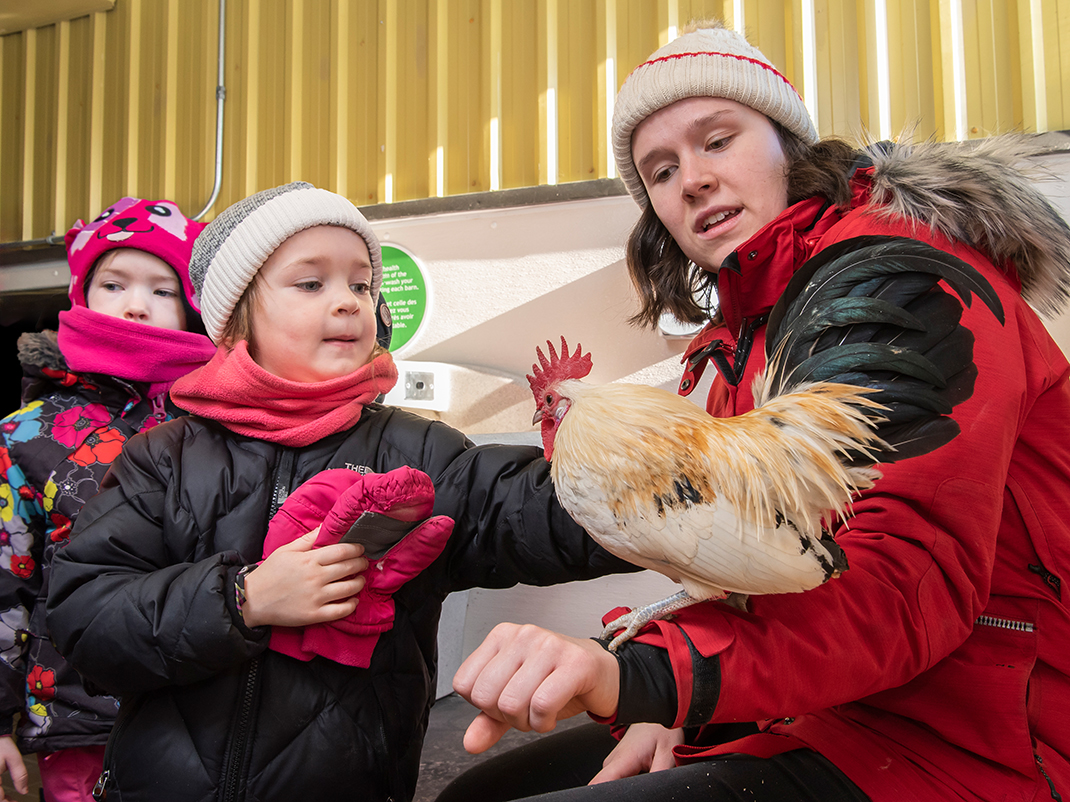
Meet the farm animals field trip
Students will smell, touch, observe, and listen to a variety of farm animals—up close and personal!
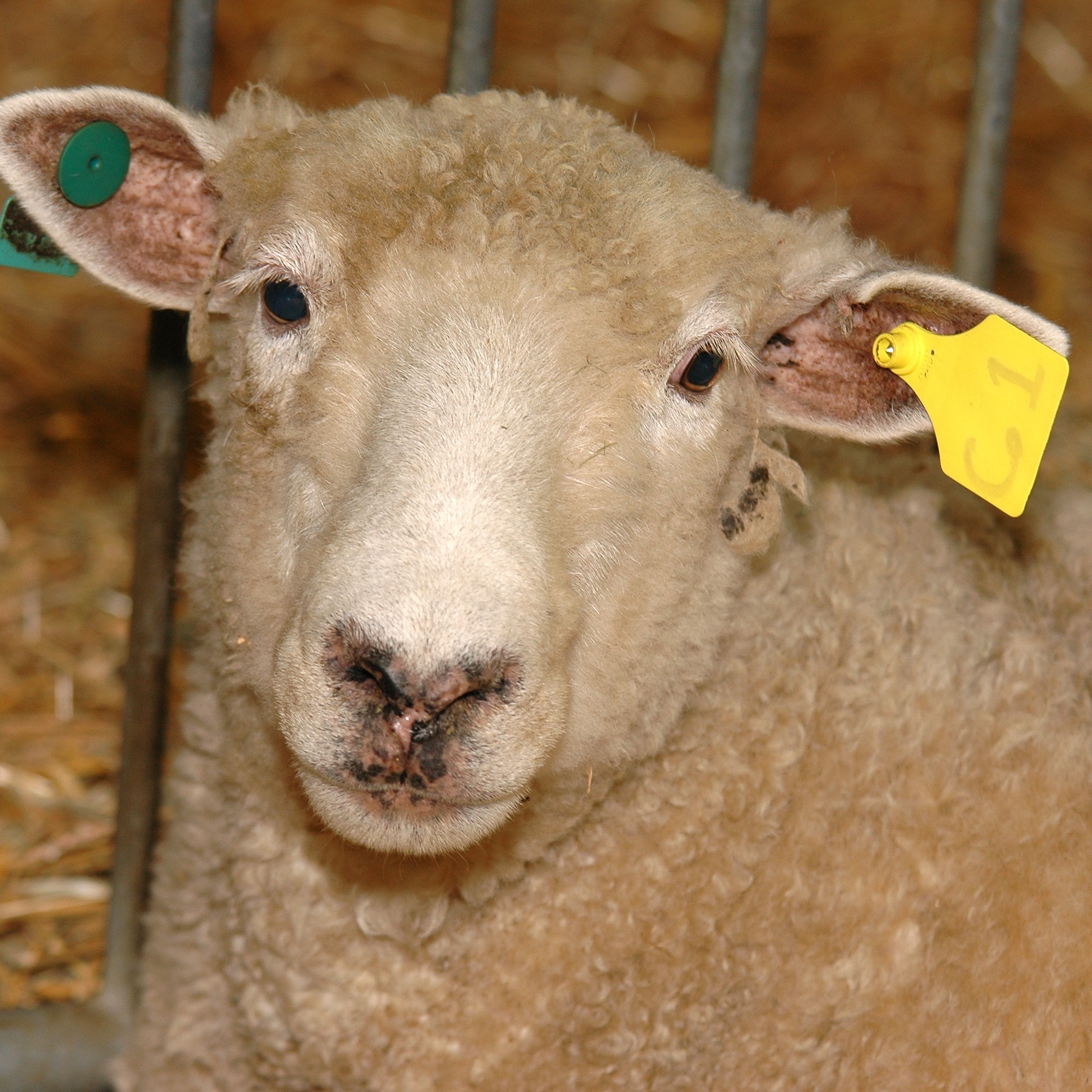
AgVenture: From sheep to sweater
How did pioneers turn a sheep’s fleece into clothing? This flexible program will allow your students to explore the properties of wool through fun activities.
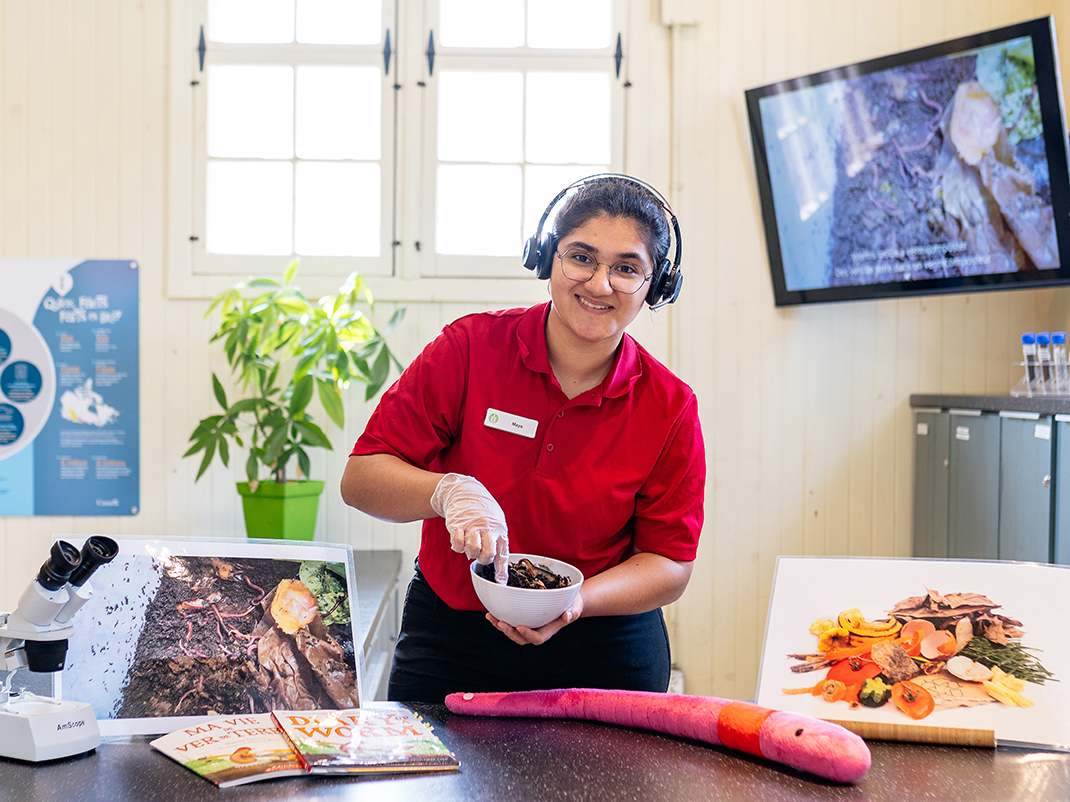
Virtual field trips
Bring the museum to your classroom with bilingual, curriculum-linked programs for all grade levels that allow your students to discover various STEM topics.
